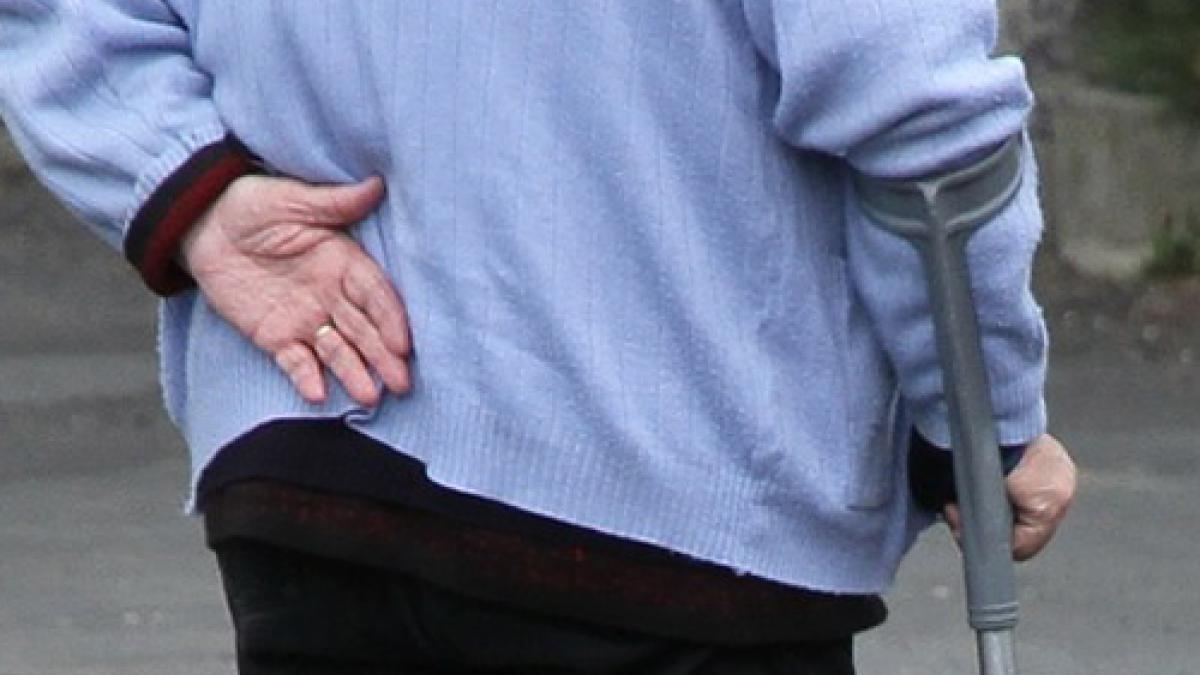The National Institute for Health and Care Excellence (NICE) has today set out its priorities for implementing guidance on low back pain and sciatica in people over 16.

The quality statements refer to the implementation of updated NICE guidelines, published in 2016.
Neil O’Connell, senior lecturer in physiotherapy at Brunel University London, advised on the guidelines and said ‘there is quite a lot, in the six areas for prioritisation, to guide physios’.
He highlighted risk stratification that targets treatment to people who may be at risk of a poor functional outcome. An example would be the StarT Back screening tool that can be used to refer patients for more intensive therapy, such as exercise therapy with adjuncts or a combined physical and psychological exercise programme.
Self-management is also a core recommendation of the 2016 guidelines and is included as a quality statement to manage symptoms of long-term, recurrent conditions. ‘Physios are in a great position to deliver high quality self-management advice,’ said Dr O’Connell.
Independent prescribing physios
The quality statements also have relevance for independent prescribers, as they reiterate the advice not to prescribe paracetamol, anticonvulsants, antidepressants, or opioids to treat low back pain without sciatica.
In addition, advanced practitioner physios in primary care should be aware of advice not to request imaging for young people and adults presenting with a new episode of low back pain, unless they suspect a serious underlying pathology. ‘This is a useful reminder that imaging has limited use in guiding our management,’ added Dr O’Connell.
Acupuncture not included
Notably, there is no mention of acupuncture in the quality statements. The guidelines previously caused a furore among practitioners who use acupuncture as they recommended against use of this intervention.
Responding to the quality statements, CSP professional adviser Jenny Nissler said: ‘Several CSP professional networks contributed to both consultations. This is recommended reading, due to the significance for many physiotherapists - in both private and public sectors - who frequently see people with low back pain and sciatica, and may increasingly be their first point of contact.’
Find Out More
Number of subscribers: 3



































